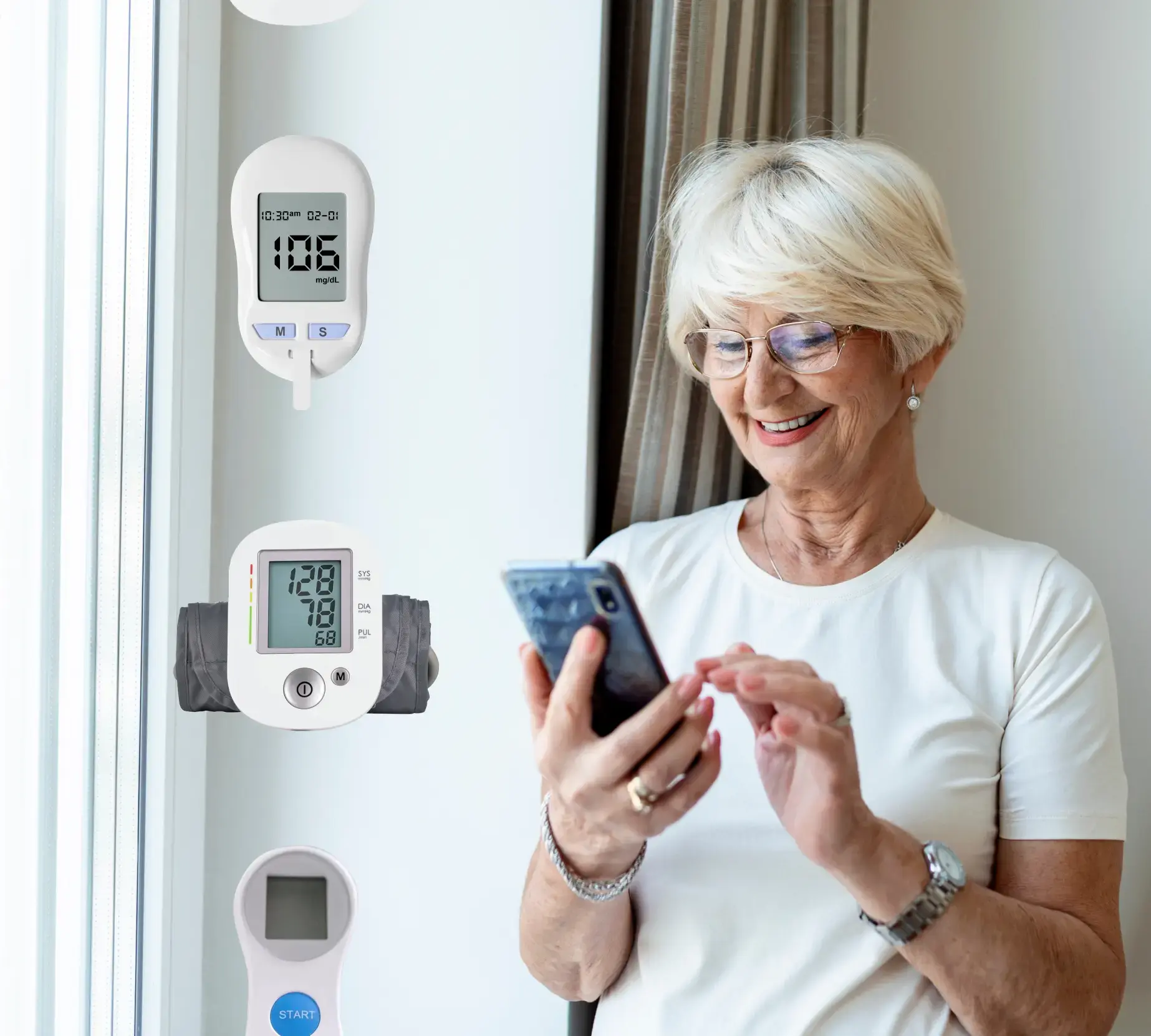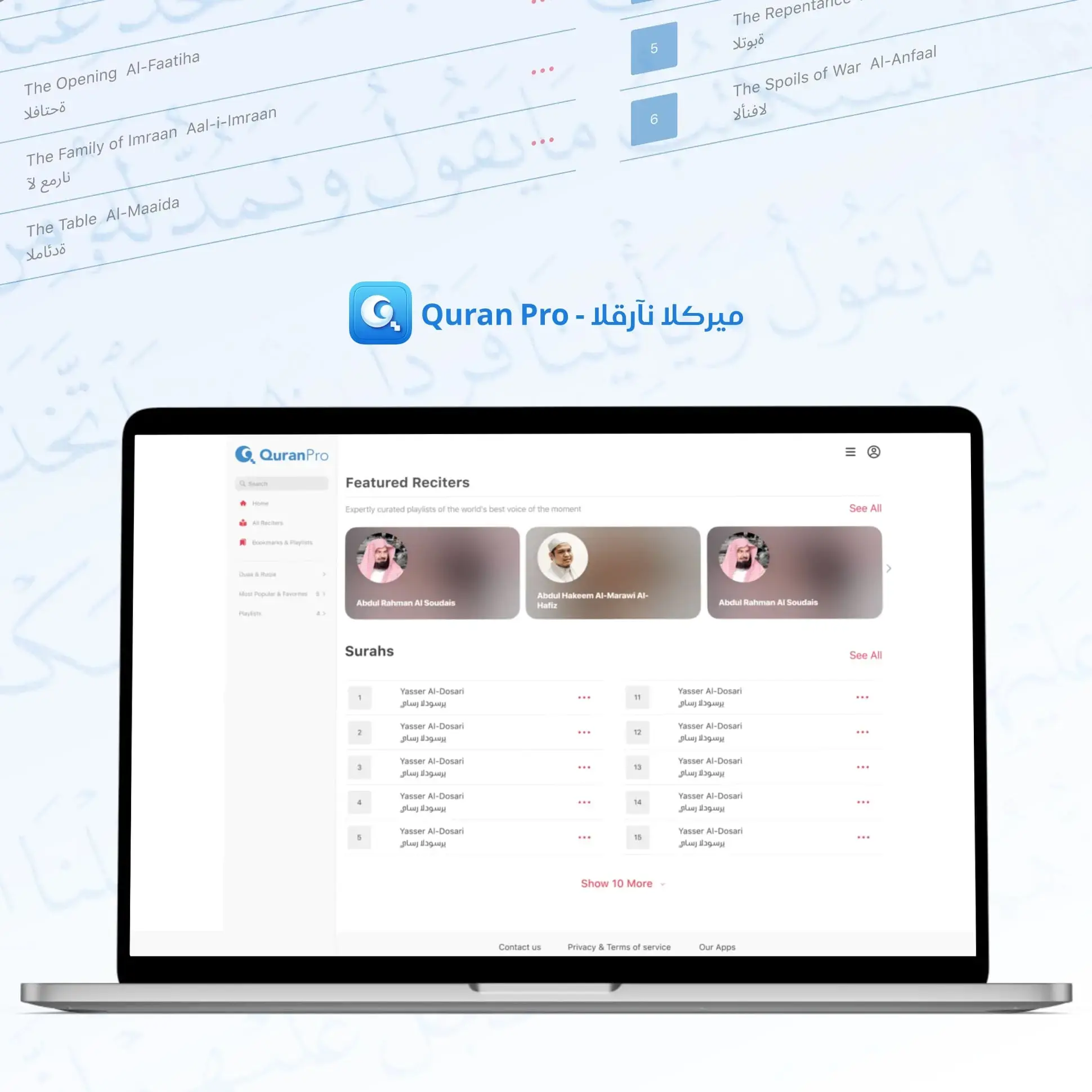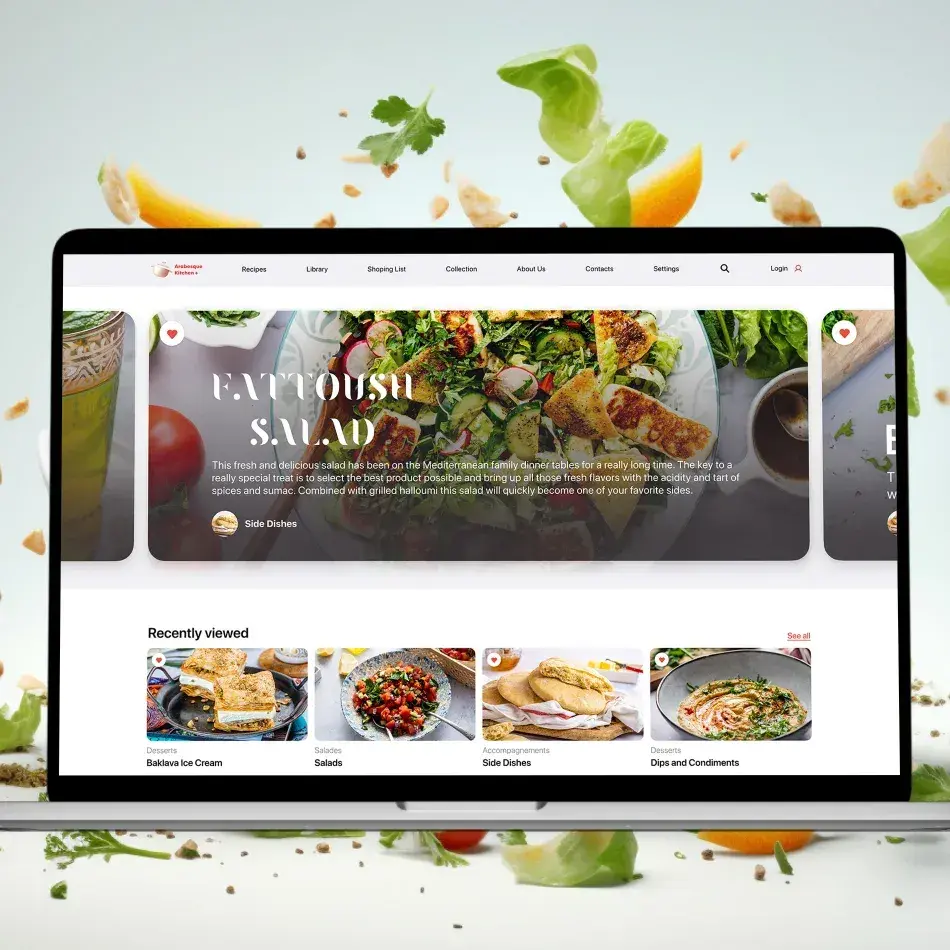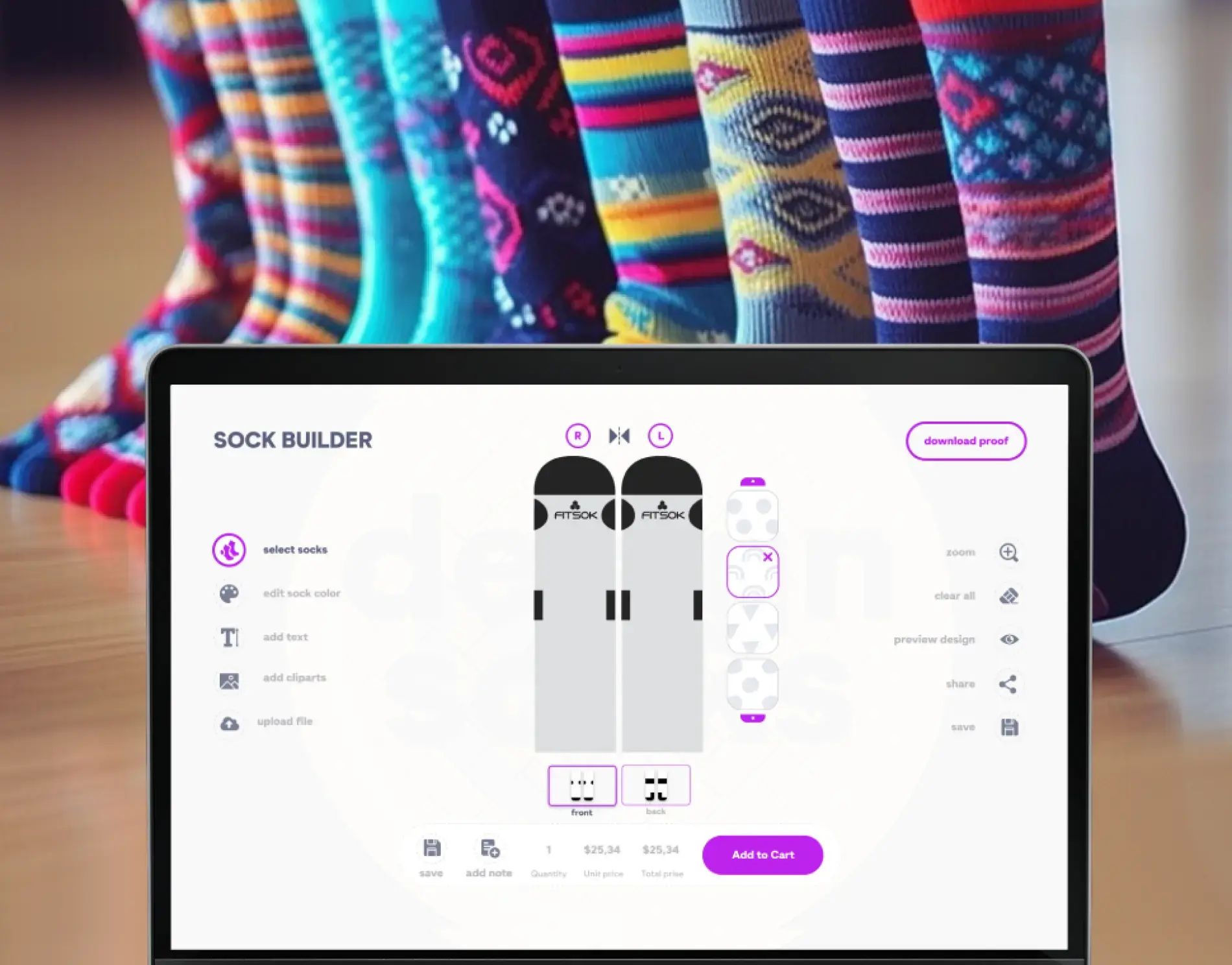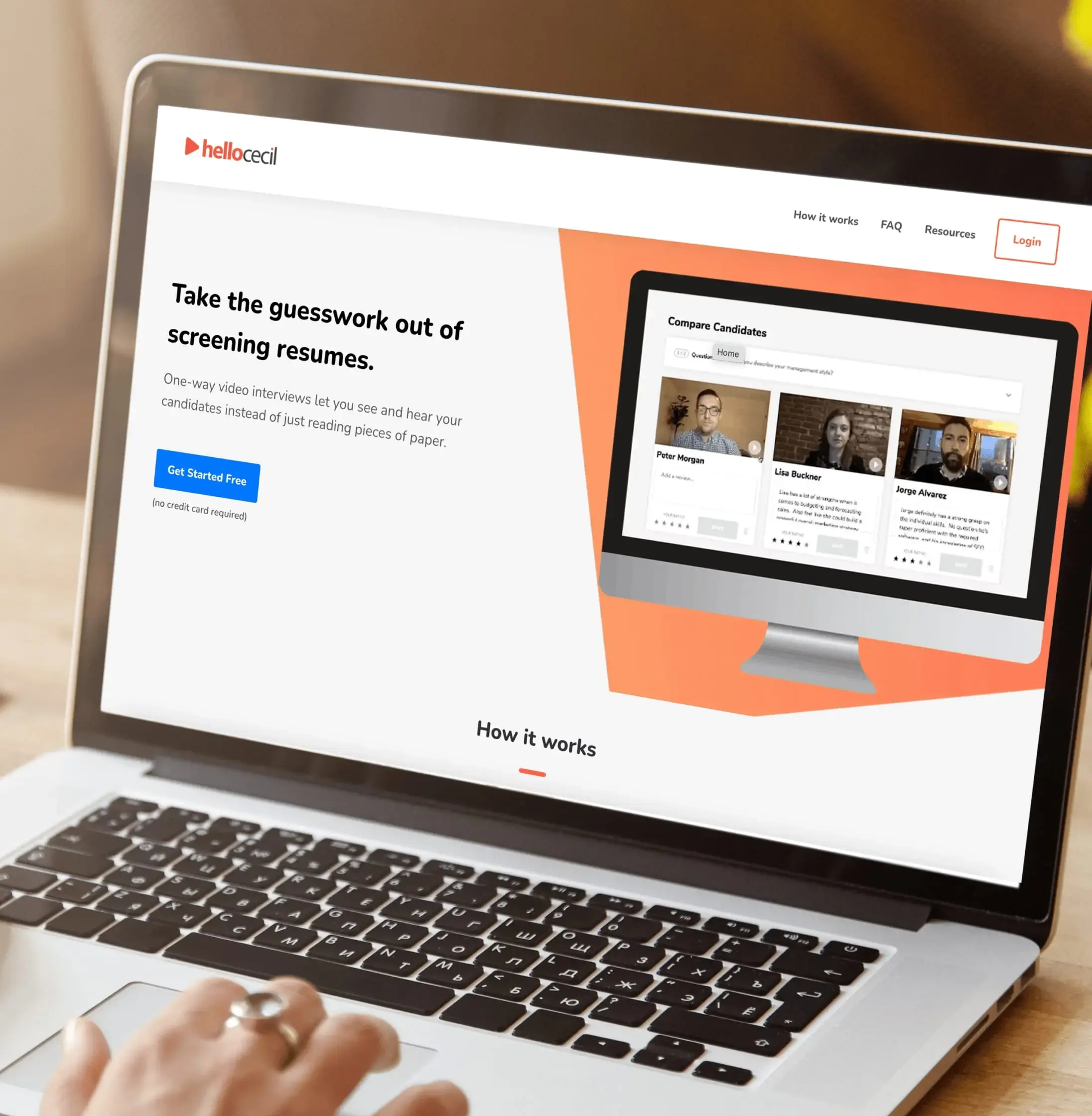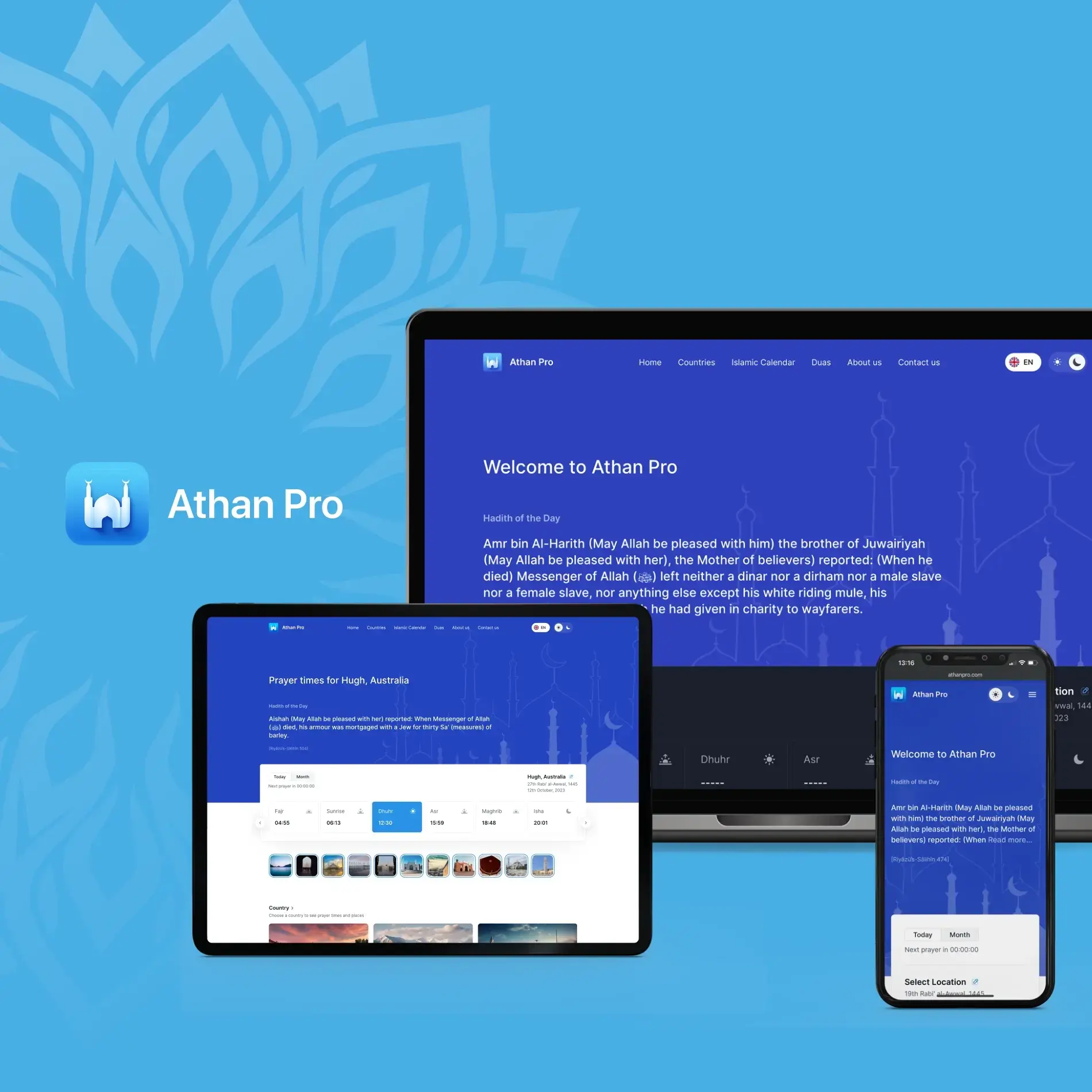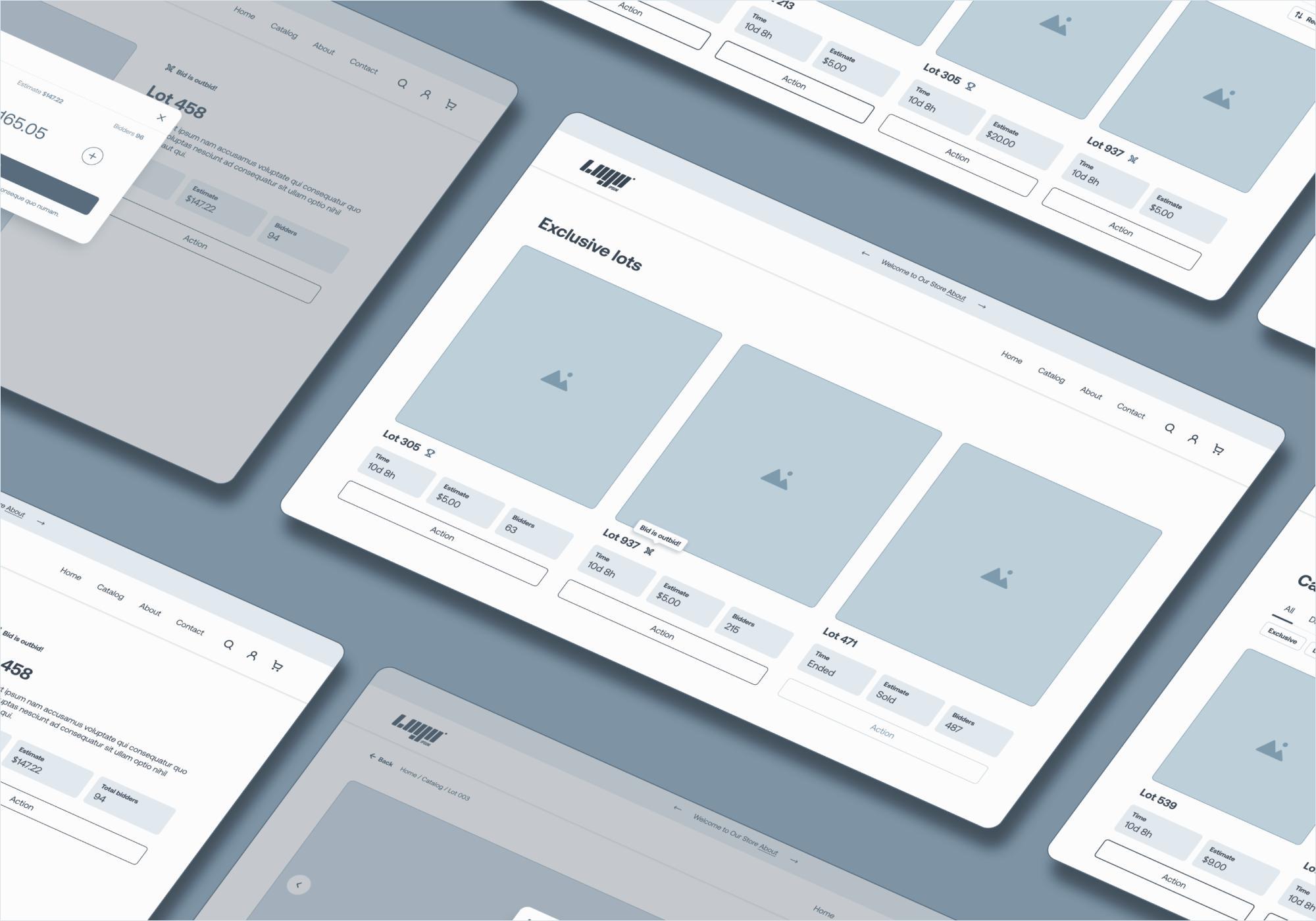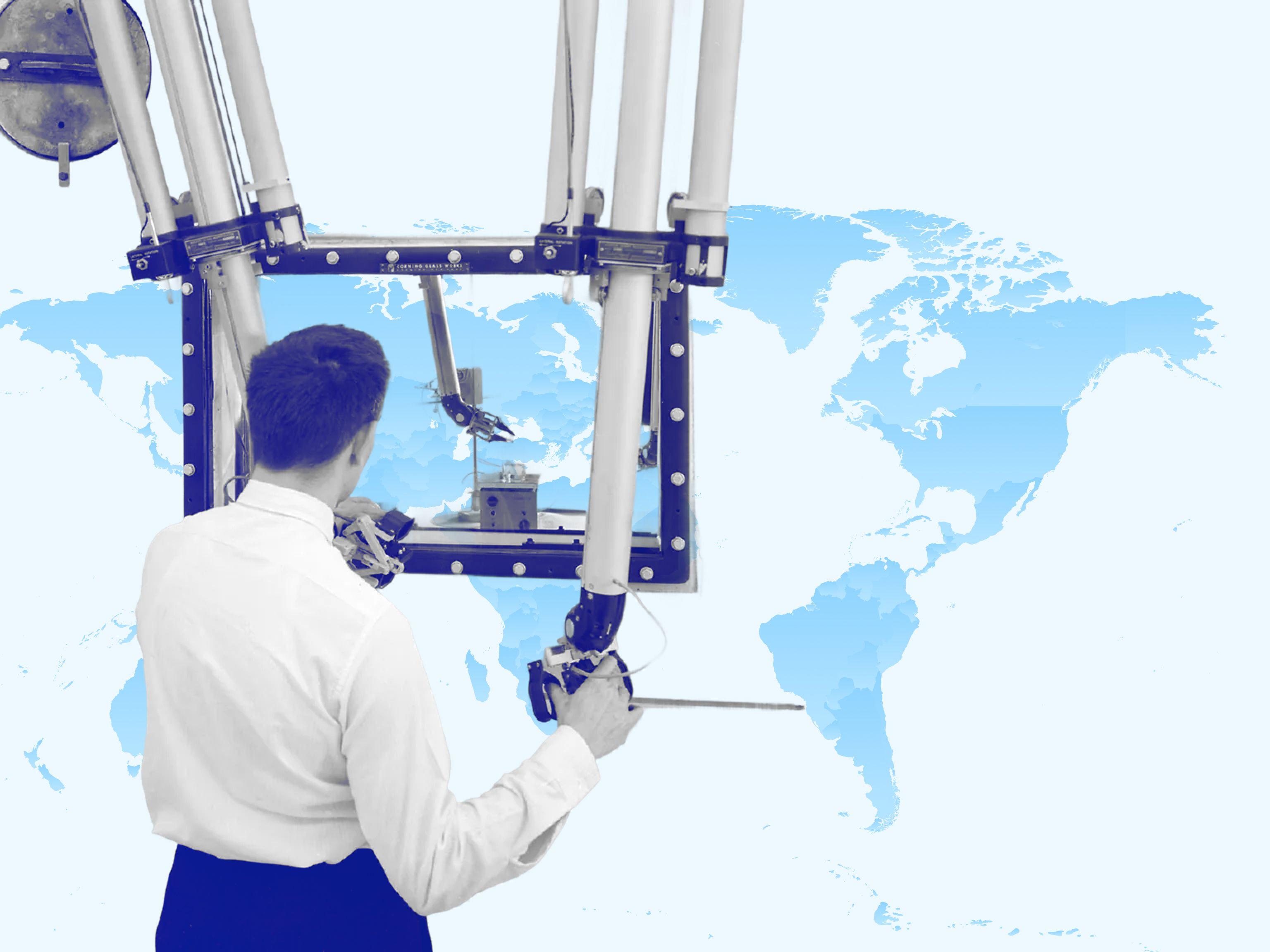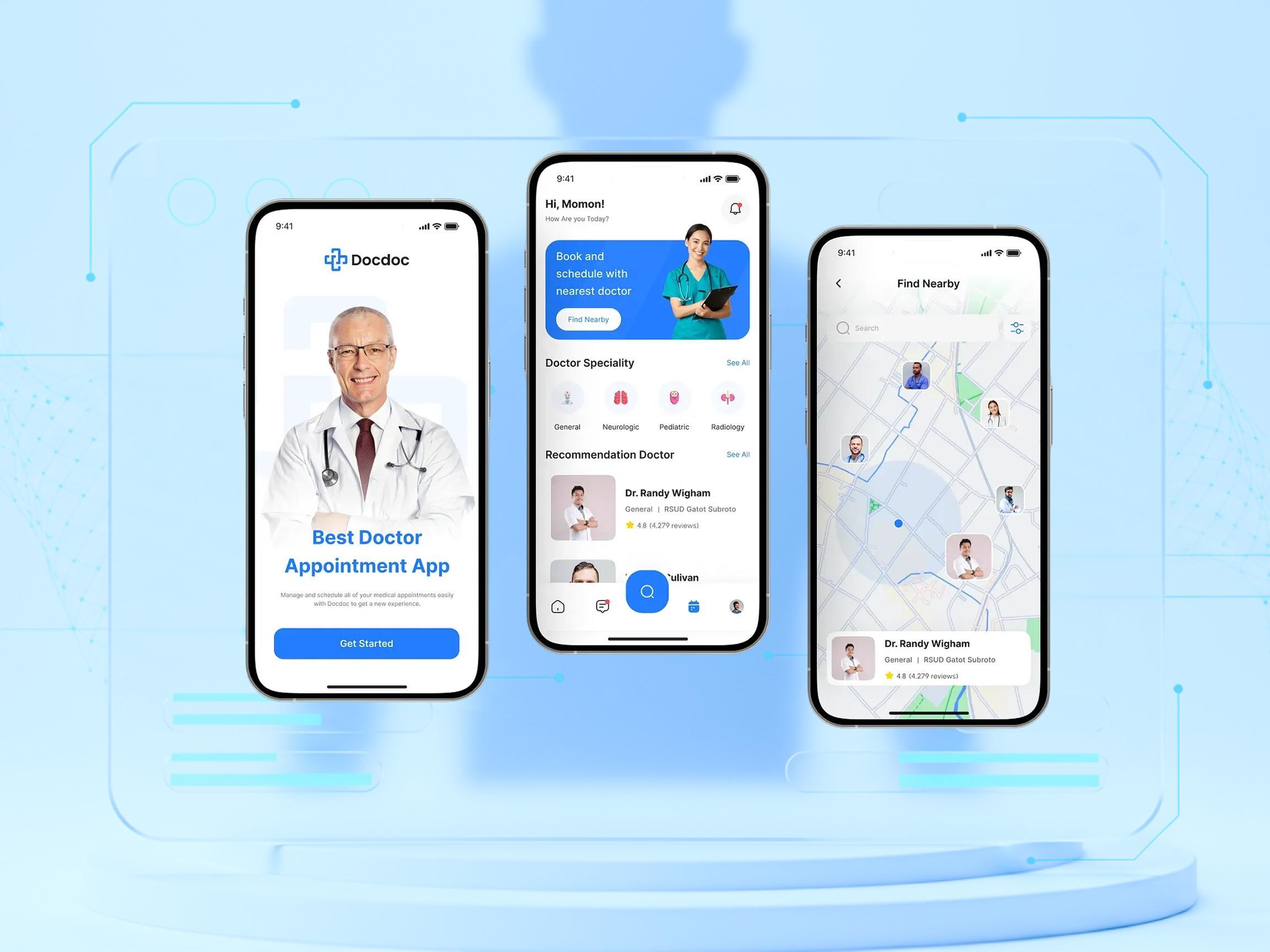
- App Development
- Cloud Development
- Healthcare Software
Telemedicine App Development in 2025: The Ultimate Guide
Explore the essential insights for crafting a telemedicine app in 2025 through our guide, encompassing the latest trends, technologies, and strategic approaches.
March 8, 2024 | Updated on November 24, 2025 | 14 min

Alex Padalka
CEO and Co-founder at JetBase
Table of Contents
- Telemedicine App Development Guide: Everything You Need to Know
- The Rising Popularity and Importance of Telemedicine Apps
- What Are The Types Of Telemedicine Apps?
- Understanding the Essential Role of Telemedicine Apps in Healthcare
- The Multifaceted Benefits of Telemedicine Apps for Patients and Doctors
- Healthcare IT Integrations for Effective Telemedicine Apps
- Compliance Checklist for Telemedicine Apps
- Cutting-edge Technologies Shaping Telemedicine App Development
- How To Develop a Telemedicine App: Step-by-Step Process
- The Cost of Creating a Telemedicine App
- Developing and Monetizing Telemedicine Apps
- Technical Blueprint for Telemedicine App Development
- Assembling the Ideal Team for Telemedicine App Development
- Conclusion
- FAQ
Our Cases
Innovation isn’t just about ideas - it’s about execution, turning vision into reality, and creating solutions that truly make an impact. See what we’ve built and how it works:
- HealthCare
- Media & Entertainment
- eCommerce
- Amazon Web Services
- Cloud Cost Optimization
- Serverless Application
- Retail
- HealthCare
- Media & Entertainment
- eCommerce
- Amazon Web Services
- Cloud Cost Optimization
- Serverless Application
- Retail

